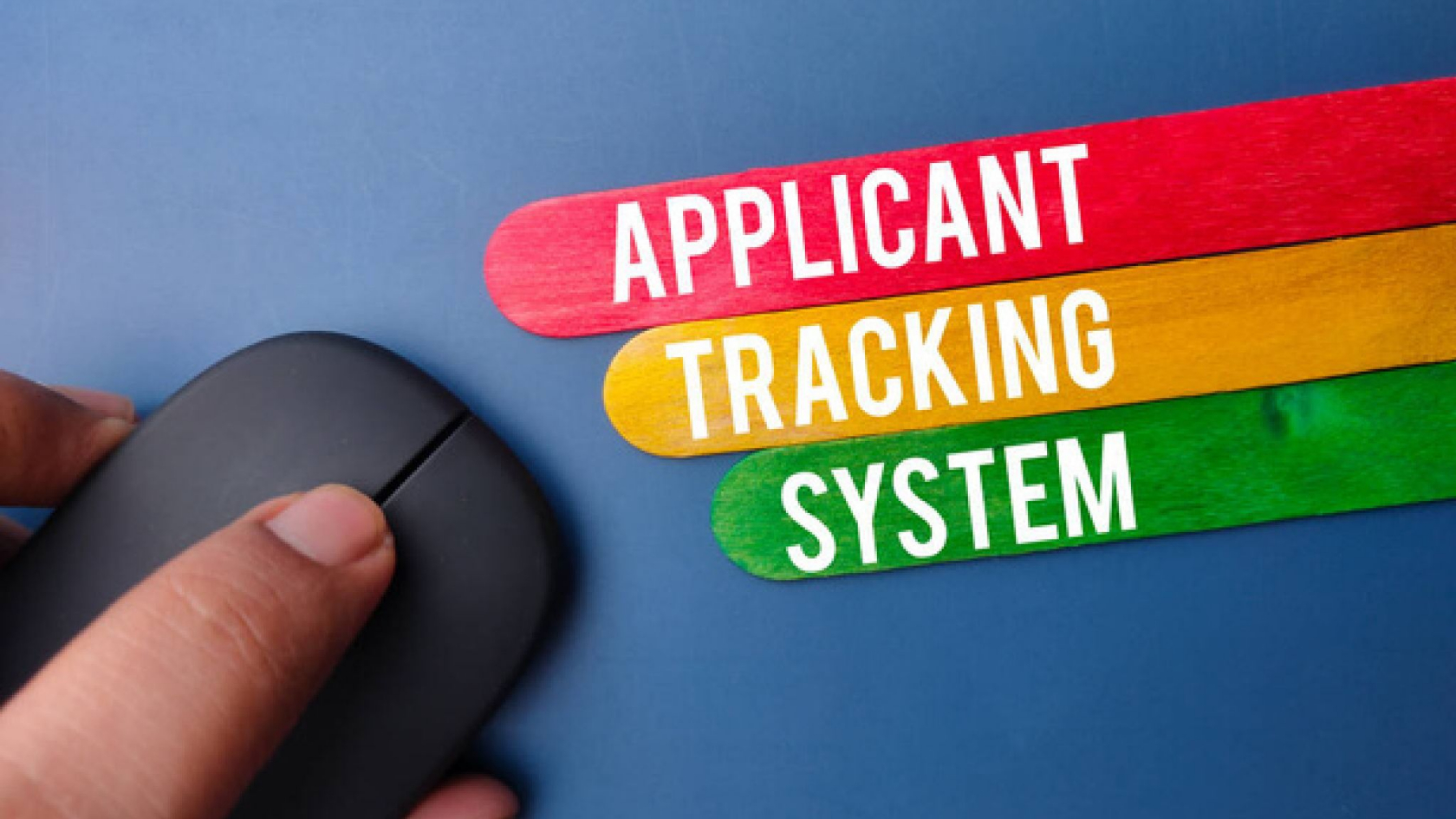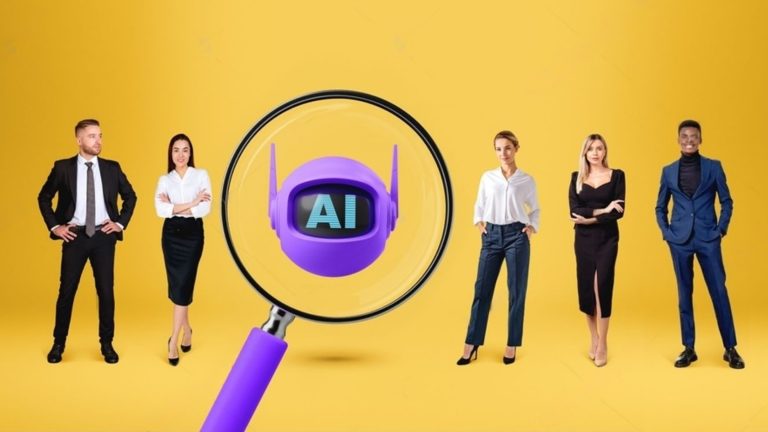Hey, fellow recruiter! If you’re anything like me, you’ve spent countless hours sifting through resumes, scheduling interviews, and trying to keep track of all your candidates. Isn’t it exhausting? Well, grab a cup of coffee (or your beverage of choice), because today we’re going to chat about two hiring tools that might make our lives more convenient: Applicant Tracking Systems (ATS) and Interview Management Software.
First of all, I know what you’re thinking. “Aren’t they the same thing?” Well, not quite. Therefore, let’s break it down
Applicant Tracking Systems (ATS)
Imagine you’re a company looking to hire someone. You post a job online, and suddenly, hundreds of resumes flood your inbox. How do you manage all these applications? That’s where an Applicant Tracking System (ATS) comes in. An ATS is like a smart digital filing cabinet for job applications. When someone applies for a job online, their resume doesn’t go to a person. Instead, it goes into this system. The ATS then organizes all the applications in one place. It scans each resume for important information like work history, location, skills, and education. Searches for specific keywords related to the job. And ranks the applications based on how well they match the job requirements.
An ATS helps recruiters in a big way. Instead of spending days reading through every single resume, they can see which candidates might be the best fit for the job. For job seekers, this means it’s ideal to make sure your resume includes the right keywords and information. It gives you a better chance of being noticed by the ATS and the human recruiters who use it.
What can an ATS do for you?
An Applicant Tracking System (ATS) helps you post job listings across various platforms and then collects and organizes all incoming applications in one place. As resumes come in, the ATS automatically parses them, extracting information like work history, location, skills, and education. It then matches these details against your job requirements, using keyword searches to rank candidates based on their potential fit.
As you progress through hiring, the ATS keeps track of each candidate’s status, facilitates team collaboration, and can assist with basic interview scheduling. Some systems also offer reporting and analytics features to help you refine your HR hiring process over time. By automating these tasks, an ATS saves you time, ensures you don’t overlook promising candidates, and brings structure and efficiency to your recruitment efforts, especially when dealing with high volumes of applications or frequent hiring needs.
Key features and benefits of using ATS
The key features and benefits of using an ATS are groundbreaking for modern recruitment. By streamlining the initial screening process, an ATS saves recruiters countless hours to focus their energy on the most promising candidates rather than getting bogged down in administrative tasks. This efficiency is ideal when managing large volumes of applications, ensuring that no potential star employee slips through the cracks.
The enhanced collaboration tools promote better teamwork among hiring managers, leading to more informed and balanced hiring decisions. Data-driven insights provided by ATS analytics empower organizations to continually refine their hiring strategies, ultimately improving the quality of hires over time. By ensuring compliance with hiring regulations, an ATS helps protect companies from legal issues related to discriminatory practices, which is important in today’s regulatory environment.
Most significantly, ATS levels the playing field for candidates, basing initial screenings on skills and qualifications rather than unconscious biases, thus promoting diversity and inclusion in the workplace.
What ATS cannot do for you?
Handling High Applications
While Applicant Tracking Systems (ATS) are effective for resume parsing and basic candidate matching, they have limitations when dealing with large numbers of applications. Interview management software, on the other hand, offers advanced capabilities for efficiently processing hundreds or thousands of applications. This makes it valuable for popular roles or companies receiving high volumes of interest.
Ensure Nuanced Candidate Evaluation
While Applicant Tracking Systems are powerful hiring tools, they have limitations. An ATS is superb at finding keywords. But it can’t understand the subtleties of human experience. Interview management software provides a holistic evaluation through video responses and standardized interview questions, capturing a candidate’s true potential.
Automated Interview Creation
Interview management software can generate role-specific interview questions automatically, a feature not found in ATS.
AI-Powered Analysis
Unlike ATS, interview management software uses AI to analyze candidate responses, providing deeper insights beyond keyword matching.
Cut Bias Completely
ATS systems can’t address unconscious bias in the initial screening process. Interview management software reduces this by standardizing questions and removing direct personal interaction in the hiring stages, promoting more objective assessment. Ensuring a fair evaluation for every candidate
Scoring and Ranking
An ATS cannot rank and sort candidates, and it can’t make a final hiring decision. It can’t assess cultural fit, interpret body language in an interview, or gauge a candidate’s enthusiasm for the role. Interview management software provides immediate scoring and ranking of candidates based on their interview responses, making it easier for recruiters to identify top talent among similar candidates (e.g., two candidates from Google with the same positions and experiences).
Global Hiring Support
Interview management software’s asynchronous interview process and multi-language support facilitate global hiring more than ATS systems.
Candidate Experience
While ATS systems can feel impersonal, Interview management software provides a more engaging experience for candidates. Some reports suggest that candidates feel more comfortable with asynchronous video interviews, allowing them to present their best selves.
But here’s the thing: while an ATS is fantastic at the initial stages of recruitment, it’s not great at helping you manage actual interview management. That’s where Interview Management Software like InterviewHQ comes in.
Interview Management Software
What’s the deal with interview management software? It is one of the advanced hiring tools that makes the interview process fast and more organized. This software helps streamline and enhance the hiring process, for scenarios involving high-volume applications or multiple open roles. It goes beyond Applicant Tracking Systems (ATS) to offer a comprehensive solution for modern hiring challenges.
The role of interview management software
Time Efficiency
Interview management software reduces the time spent on interviews, cutting weeks of interviews down to hours. For instance, a recruiter sets a specific timeframe for interviews (e.g., between the 9th and 16th of a month) for hundreds of candidates in unison. This automation reduces the time and effort required compared to manual scheduling.
AI-Powered Interview Generation
Interview management software creates interviewee questions for the interviewee to ask for specific roles in seconds, ensuring consistency and relevance across all interviews.
Multi-Channel Interviewing
Supports both text and video interviews. Candidates can complete interviews at their convenience, and recruiters can review responses at theirs regardless of time zones.
Bias-Free Screening
By focusing on competency alignment and candidate responses, interview management software eliminates direct personal interaction in the initial stages, promoting diversity and inclusion in hiring.
Intelligent Analysis and Scoring
Summarizes and scores thousands of interviews based on predefined criteria. This feature enables a quick assessment of candidate responses, including strengths and weaknesses. It ranks candidates based on various criteria (technical skills, culture fit, soft skills, etc.).
Job Description Integration
Enables recruiters to input or generate job descriptions using AI, ensuring that the interview process aligns with the role requirements.
Competency Criteria Management
Recruiters can specify and customize the skills and competencies they’re looking for in candidates. This feature allows for easy addition or removal of criteria as needed.
Ranking System
Interview management software helps manage information overload by ranking candidates when dealing with scenarios with high application volumes. Useful for companies receiving hundreds of applications per role.
Integration with ATS
While not an ATS, it works with ATS systems, taking over where ATS functionality ends.
What interview management software cannot do for you?
Expand the talent pool
Interview management software can’t increase the number of applicants for your job openings. It works with the candidates you already have but can’t attract new ones.
Build personal relationships
While efficient, Interview management software cannot develop the kind of personal connections that recruiters establish with candidates during the hiring process.
Replace recruiters
Hiring is about finding the right person for your team. It involves assessing intangible qualities like problem-solving skills, technical skill assessments, adaptability, or communication. While software can provide data and insights, it cannot make final hiring decisions. It’s not meant to replace recruiters but to augment their capabilities.
Conduct in-person interviews
Interview management software allows businesses to conduct text and video interviews. However, it cannot allow face-to-face interactions for roles or stages of the hiring process.
Which is the Right Tool for Efficient Hiring?
Here’s the plot twist: you need both! An ATS is ideal for managing the early stages of recruitment. Interview management software supports the latter part of recruitment once you have shortlisted your candidates.
Think of it this way: the ATS helps you find the needle in the haystack, while interview management software can determine whether that needle is gold.
For recruiters, having both tools can offer great support and reduce the workload.
The ATS helps with basic candidate filtering, such as sorting applicants based on location, years of experience, or education level. However, using it to filter based on specific skills can be ineffective, as candidates might not have optimized their resumes for ATS keyword matching.
This is where interview management software like InterviewHQ shines. It allows recruiters to dig deeper and assess candidates’ actual skills and cultural fit beyond what’s written on their resumes. With this hiring tool, you can ask all candidates the same interview questions, ensuring a fair and consistent evaluation process. It’s particularly time-efficient because companies can interview multiple candidates for multiple roles simultaneously. This approach saves time and provides a more comprehensive and equitable assessment of each candidate’s abilities and potential fit within the organization.
Factors to Consider When Choosing Between ATS and Interview Management Software
Company size and hiring volume
Small businesses with occasional hiring needs might find an ATS sufficient. However, companies with frequent or high-volume hiring could benefit more from interview management software which can handle many interviews concurrently.
Hiring needs
If your focus is on basic screening for both mass and medium-scale candidate screening, an ATS might be enough. But if you need support with managing high volume screening and want to remove bias from your hiring process while getting in-depth candidate analysis & insights, virtual interview capabilities, and interviewer ratings, interview management software like InterviewHQ would be more suitable.
Budget constraints
ATSs are often more affordable, making them a good choice for businesses with tight budgets. Interview management software is affordable and can provide a better return on investment for companies with extensive hiring needs.
Customization options
If you need a tailored hiring process, interview management software offers more customization. ATSs are usually more standardized.
AI-assisted features
Modern interview management software often includes AI tools for candidate assessment like problem-solving skills and technical skill assessments that can be valuable for complex roles.
Ease of candidate insights
ATS excels at organizing candidate information. Interview management software provides more comprehensive tools for interview scheduling, candidate communication, interviewer management, interview assessment, feedback collection, and candidate scoring.
Flexibility in candidate invitation
Interview management software usually offers more options for conducting interviews, including text/video conferencing tools for remote interviews.
Integration capabilities
Consider how well each system integrates with your existing HR hiring tools. Both types of software offer integrations and are used together not separately, as they both perform unique roles to ensure smooth data flow between systems from job postings to candidate evaluation, without manual data entry.
HRIS compatibility
Your Human Resource Information System (HRIS) is the backbone of your HR operations. Ensure that your chosen tool can communicate with your HRIS. This compatibility allows for smooth data transfer when a candidate becomes an employee, eliminating the need to re-enter information and reducing errors.
Making the right choice for your hiring tools
ATS and interview management software are in a recruiter’s and staffing agency toolkit. The key is understanding how to use each tool to streamline your hiring process, save time, and make better hiring decisions.
Next time you’re drowning in resumes or juggling many interview schedules, take a deep breath and remember: there are hiring tools for that. Here’s a thought that might perk you up: by signing up for a 30-day FREE trial right now, you could be on your way to a smoother, more efficient HR hiring process.



